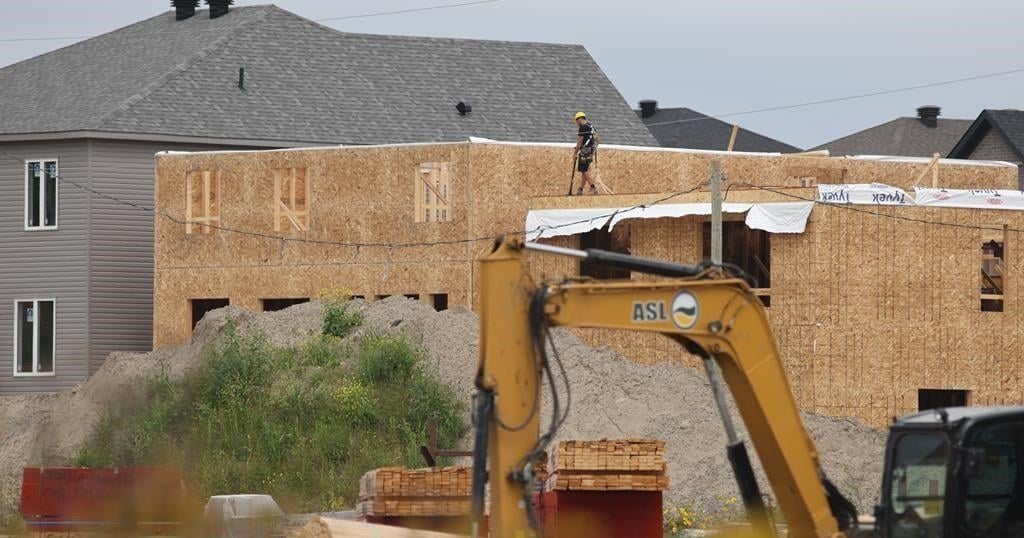Edmonton has a one-of-a-kind climate, which can be very harsh on residential garage doors. Homeowners need to ensure that their garage doors are able to withstand severe weather conditions lest they compromise the safety of their homes.
This piece aims at providing tips for DIY insulation, weather stripping and maintenance to enable you maintain your garage door in good working condition throughout the year.
Significance of Climate-Proofing Your Garage Door
Adapting to any weather is possible when you ensure your Edmonton garage door is ready. It keeps your home warm, saves on power bills, and lessens the concern of what lies beyond coming in.
Tailoring Garage Doors for Edmonton’s Climate
Edmonton experiences lengthy freezing periods during winter. Such extreme cold requires tough garage doors; hence, people living around Edmonton should consider the Thermacore insulated steel door series, which are among the best. They are made to fight the winter cold by keeping the garage warm.
These doors block out all things chilly while retaining heat inside. As John Carter, who conceptualized garage door repair Edmonton, states, Choosing a garage door that can withstand the winter in Edmonton is not just wise but necessary.
Enhancing Insulation for Energy Efficiency
Start with the garage door when you want to make your home more energy efficient. It is a simple move, but one that pays off. If filled with materials such as polystyrene or polyurethane, this will keep heat in and cold out, especially during winters, when temperatures can drop significantly in places like Edmonton. This is not only for comfort’s sake; it also saves money on power bills.
Such improvements translate into great savings, generally speaking too. If you insulate your garage door along with windows and skylights, which are energy efficient, you will cut down on heating and cooling costs immensely. These alterations are relatively cheaper than other methods but will eventually have paid for themselves through reduced energy expenses.
Integrating Heat Pumps and Renewable Systems
Incorporating heat pumps in your home comes with a myriad advantages. These small devices pack quite the punch when it comes to saving power and, therefore, are ideal for those who wish to introduce green solutions into their living spaces. By slashing energy bills and cutting reliance on non-renewable power sources, these systems are easy on the bank account and good for our planet.
Homeowners who leap witness a rise in their indoor air quality levels while at the same time ensuring more comfortable living spaces; this contributes towards making the world eco-friendly. living sustainably should start from your home – this is among the many steps we need to take toward coming up with climate-resilient solutions for tomorrow.
Practical Approaches to Garage Door Climate-Proofing
Leveraging Canada Greener Homes Grants
Even Canadians can apply for the Canada Greener Homes Grant, which aims to make their houses energy efficient, including garage doors. It provides up to $5,600 to cover part of the expenses for eligible renovation works geared towards enhancing energy performance in a home.
Out of this total amount, not less than $5,000 goes into financing different types of retrofits, such as improved insulation or heat pump installation to create more comfortable living environments and save on utility costs. This support encourages eco-friendly renovations across Canada by helping cover the costs of retrofit improvements necessary for sustainable living enhancements.
These financial incentives are crucial for pushing forward energy-efficient upgrades and retrofit improvements without putting too much strain on personal budgets.
Implementing Garage Door Resiliency Features
Weatherproofing adds an extra layer of protection against storms and extreme temperatures. People typically seal gaps around their garage doors to prevent drafts and leaks, which also helps control the indoor climate. Adding storm protection features can shield homes against severe weather.
This may involve strengthened panels or materials capable of withstanding winds, rain, and snow. It ensures that despite whatever is happening outside, a steady temperature is maintained inside.
So, giving your garage door a climate makeover keeps out the cold and cranks up the cozy in your house. Taking advantage of programs like Canada’s Greener Homes makes it less of a hit on the wallet. Protecting against every kind of bad weather while still managing to be friendly towards both our planet and our finances Sounds like a win-win to me. Therefore, feel free to get all DIY with that garage door.
Related


































